Since the founding of the Will Eisner Comic Industry Awards (and their previous incarnation, the Kirby Awards), the following individuals have been inducted into the Hall of Fame.
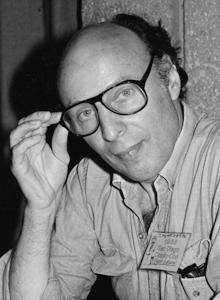
Harvey Kurtzman
1924–1993
Best known for his wild and wacky humor on the early issue of MAD and the other publications he edited (Humbug, Help!) and for his long-running Playboy strip “Little Annie Fanny,” Harvey Kurtzman also made an indelible mark in comics with the war comics he wrote and edited for EC in the early 1950s. Kurtzman was a major influence on a wide range of writers, artists, filmmakers, and particularly underground cartoonists.
Inducted 1989
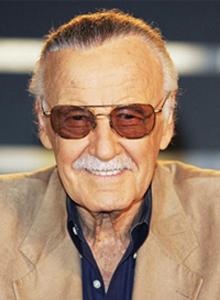
Stan Lee
1922–2018
In a career at Marvel Comics spanning more than 60 years, Stan Lee has seen it all. After having been an editor at Timely in the 1940s and 1950s, in the ’60s he co-created all the Silver Age Marvel characters, wrote all the books, and still had time to commune with readers (“Face front, true believers!”) via “Stan’s Soapbox.” He remains active today, with many projects in the works.
Inducted 1994

Paul Levitz
1956–
Paul Levitz began his career as a comics fan, publishing The Comic Reader. He started at DC in 1973 as an assistant editor (to Joe Orlando) and 1978 became editor of the Batman titles. He was an executive at DC for 30 years, ending as president and publisher. As a comics writer, he is best known for Legion of Super-Heroes. Most recently, Levitz has worked as a historian (75 Years of DC Comics: The Art of Modern Myth-Making, TASCHEN, 2010) and teacher (including the American Graphic Novel at Columbia). His most recent book is Will Eisner: Champion of the Graphic Novel (Abrams ComicArts, 2015).
Inducted 2019
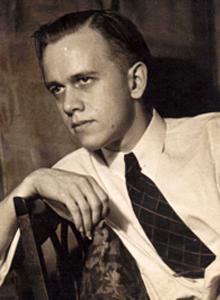
Harry Lucey
1913–1984
In the early 1940s Harry Lucey worked in a studio with Bob Montana, and legend has it that he helped Montana create the original Archie gang for MLJ’s Pep comics (even contributing Betty’s name). After stints in World War II and as an advertising illustrator, Lucey returned to MLJ in 1949, where he drew Archie comics for the next two decades. The dynamic and expressive style he developed in his Archie stories was highly influential on subsequent artists, most prominently Jaime Hernandez.
Inducted 2012
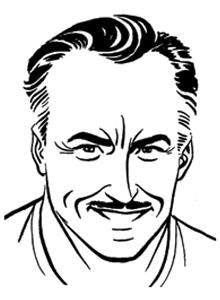
Russ Manning
1929–1981
Russ Manning was a giant in both the comic strip and comic book worlds. He drew the Tarzan comic for Dell in the 1950s and 1960s, then went on to draw the syndicated Tarzan newspaper strip from 1969 to 1972 and the Sunday strip through 1979. He created the comic book series Magnus, Robot Fighter for Gold Key in 1963 and continued to write and draw it through 1968. He wrote and drew the syndicated Star Wars strip in 1979–1980.
Inducted 2006
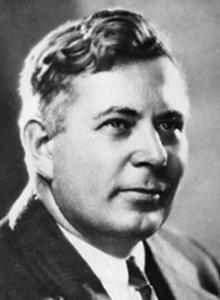
William Moulton Marston
1893–1947
In 1940, psychologist William Marston was hired by Max Gaines as a consultant for National Comics (DC). Marston pointed out that DC had no females among its flagship heroes, and he (with his wife Elizabeth) proceeded to create Wonder Woman, who made her debut in All Star Comics #8 in December 1941. Wonder Woman was a hit and soon had her own book, which Martson (writing as “Charles Moulton”) wrote up until his death in 1947.
Inducted 2006
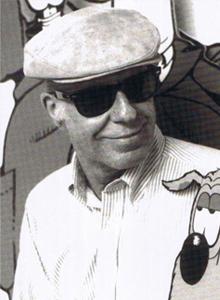
Don Martin
1931–2000
“MAD’s maddest artist” Don Martin delighted decades of readers with his goofy strips featuring oddball characters and demented sound effects. Who could forget Fonebone or Fester Bestertester? And what kind of imaginative mind did it take to add “Glabadap,” “Schloot,” “Sklishk,” “Sploydoing,” and “Thwizzik” to the sound effects lexicon? There could only be one Don Martin.
Inducted 2004
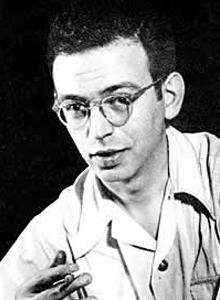
Sheldon Mayer
1917–1991
Sheldon Mayer was at DC from its very beginning, having played a role in convincing Harry Donenfeld to feature Superman in the company’s new title, Action Comics. He was not only one of the most revered editors in the history of comics but a cartoonist in his own right, having created Scribbly and the much-beloved Sugar and Spike.
Inducted 2000

David Mazzucchelli
1960–
David Mazzucchelli started working in comics in the early 1980s, first at Marvel Comics where he became the regular artist on Daredevil. He worked with writer Denny O’Neil and culminated his work on this title with the Daredevil: Born Again story arc, written by Frank Miller. He collaborated with Miller again on Batman: Year One, considered one of the best Batman stories ever produced. Mazzucchelli moved on to focus on more personal projects, including his own independent anthology, Rubber Blanket, and an adaptation of Paul Auster’s City of Glass. In 2009, Pantheon Books published Mazzucchelli’s graphic novel Asterios Polyp, which won the Los Angeles Times Book Prize and three Eisner Awards.
Inducted 2022
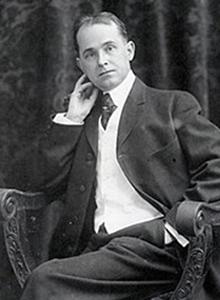
Winsor McCay
1867–1934
Sheldon Mayer was at DC from its very beginning, having played a role in Winsor McCay‘s Dream of the Rarebit Fiend and Little Nemo set unparalleled standards for fantasy artwork on the Sunday comics page early in the 20th century. McCay was also a pioneer in animation with his “Gertie the Dinosaur” short film.
Inducted 1998
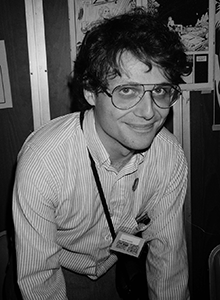
Scott McCloud
1960–
Scott McCloud came on the comics scene with his series Zot!, published by Eclipse Comics from 1984 to 1990. Subsequent comics included Destroy!! and The New Adventures of Abraham Lincoln. He is best known as the creator of the award-winning Understanding Comics, his 1994 treatise on the comics medium done in graphic novel form. He produced two follow-up books: Reinventing Comics (2000) and Making Comics (2006). His graphic novel The Sculptor was released in 2015. McCloud was furthermore one of the early promoters of webcomics and the principal author of the 1988 Creator’s Bill of Rights. He is also the originator of 24-Hour Comics Day, an annual event in which cartoonists finished a complete 24-page comic book in 24 hours.
Inducted 2021
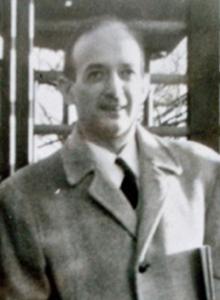
Mort Meskin
1916–1995
Mort Meskin is best known for his 1940s work at DC, drawing such series as “Vigilante,” “Wildcat,” “Starman,” and “Johnny Quick.” Together with Jerry Robinson he created “Atoman” and “Golden Lad” for Spark Publications; drew “The Fighting Yank” and “Black Terror” for Better Publications/Standard; and did several horror stories for Atlas (Marvel). Through the studio of Jack Kirby and Joe Simon, he produced Boys’ Ranch for Harvey and Black Magic for Crestwood Publications, and he is considered a major influence on Kirby and many other artists.
Inducted 2013
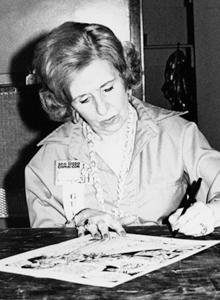
Dale Messick
1906–2005
Dale Messick‘s landmark comic strip Brenda Starr debuted in 1940, and she produced it herself for 43 years. She treated readers to stories of adventure and intrigue that also included glamour, fashion, and romance.
Inducted 2001

Frank Miller
1957–
Frank Miller had drawn a few short comics stories for DC and Marvel before he got his first regular series, Daredevil, in 1979. In 1981 he took over writing and drawing the series, introducing such characters as Elektra and Bullseye. After drawing the classic Wolverine miniseries by Chris Claremont, he went over to DC, first producing his own Ronin miniseries, then going on to create such 1980s classics as Batman: The Dark Knight Returns, Batman: Year One (with David Mazzucchelli), Daredevil: Born Again (with Mazzucchelli), and Elektra: Assassin (with Bill Sienkiewicz), the latter two at Marvel. In the 1990s, he moved to Dark Horse, which published his Hard Boiled (with Geof Darrow), Big Guy and Rusty the Boy Robot (with Darrow), Give Me Liberty (with Dave Gibbons), Sin City, and 300. In this century he has been active as a film director (Sin City) along with doing such comics projects as Batman: The Dark Knight Strikes Again, All-Star Batman & Robin the Boy Wonder, and Holy Terror.
Inducted 2015
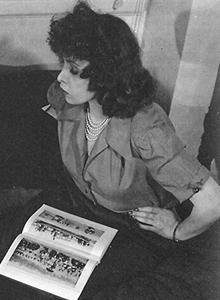
June Tarpé Mills
1918–1988
One of the few female artists working during the Golden Age of comics, June Tarpé Mills was the creator of Miss Fury, an action comic strip and comic book that first appeared in 1941. Miss Fury is credited as being the first female action hero created by a woman. The Miss Fury comic strip ran until 1951. Mills returned to comics briefly in 1971 with Our Love Story at Marvel Comics.
Inducted 2019